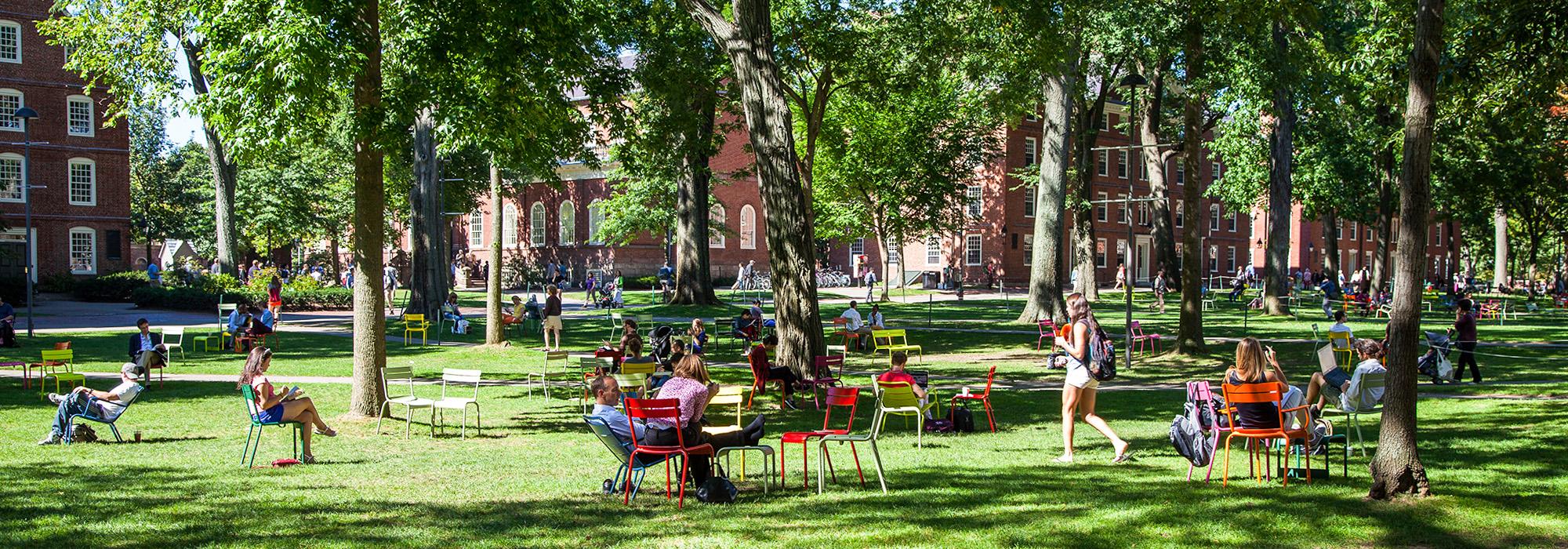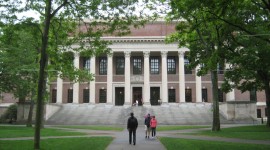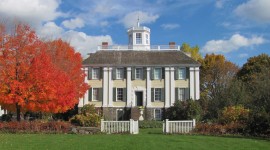Pioneer Information
Born in Binghamton, New York, Neiley graduated from Harvard University with a Bachelor’s degree in Medieval History in 1943 and went on to serve in the U.S. Navy during World War II. He attended Cornell University’s School of Architecture after the war, graduating in 1950. Neiley joined the Boston architectural firm Bastille-Halsey Associates, established in 1953. When Halsey retired in 1963, Neiley became a partner, and the firm’s name was changed to Bastille-Neiley Architects. Neiley operated the firm as Robert G. Neiley Architects from 1983 to 2001, and continued as a consulting architect until his retirement in 2006.
Having designed modern buildings early in his career, Neiley soon turned to historic preservation work, becoming one of the early pioneers in the Boston area. During his 50-year career he was involved in more than 100 such projects, including the Shirley-Eustis House in Roxbury, Massachusetts, and numerous buildings at Harvard University, including Memorial Hall with Venturi, Scott Brown and Associates and Bruner/Cott and Associates.
In addition to private practice, Neiley taught at Harvard University and the Massachusetts Institute of Technology (MIT) and lectured widely to civic groups and trade organizations. He authored Our Vanishing Heritage and What to Do About It, a small book published by the Boston Society of Architects in 1974. In addition to being a member of the American Institute of Architects (AIA), Neiley was involved with several local organizations, including the City Conservation League (now the Boston Preservation Alliance), the Boston Society of Architects’ Historic Resources Committee, the Cambridge Historical Commission (1966-2000), the Fish Flake Hill Historic District Commission (1971-1992), and the Shirley-Eustis House Association. He died at the age of 89 in Beverly, Massachusetts, and was buried in Mount Auburn Cemetery in Cambridge, Massachusetts.







